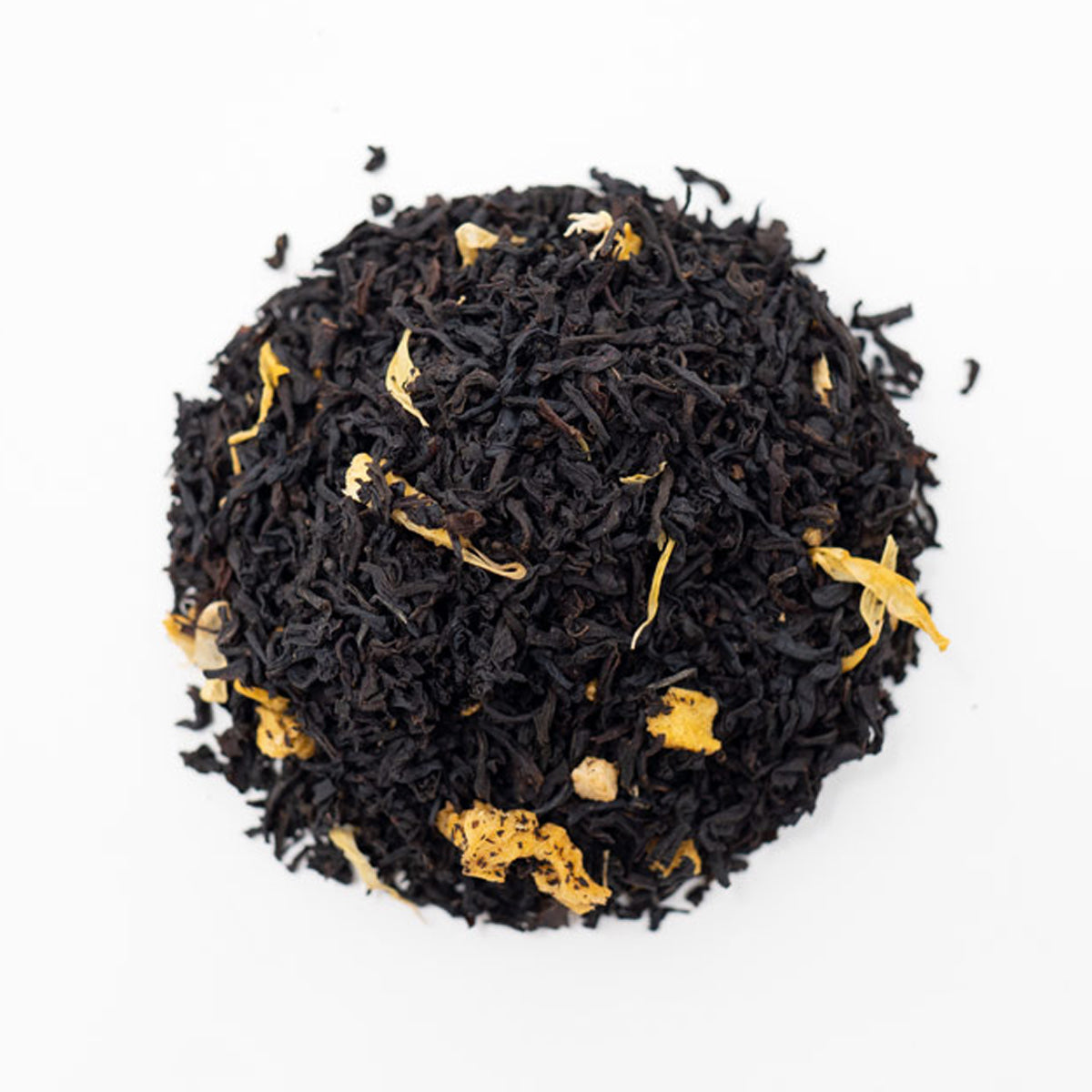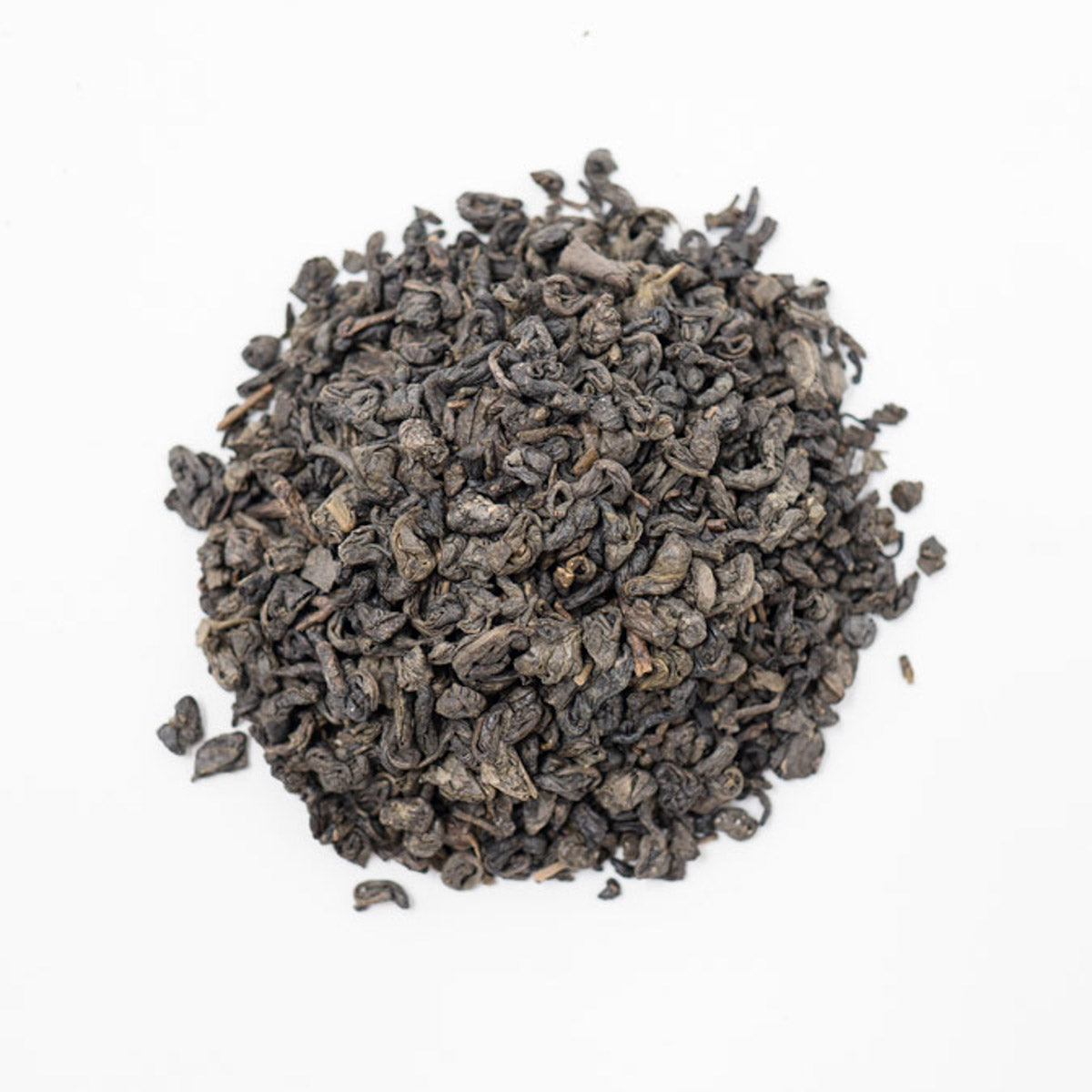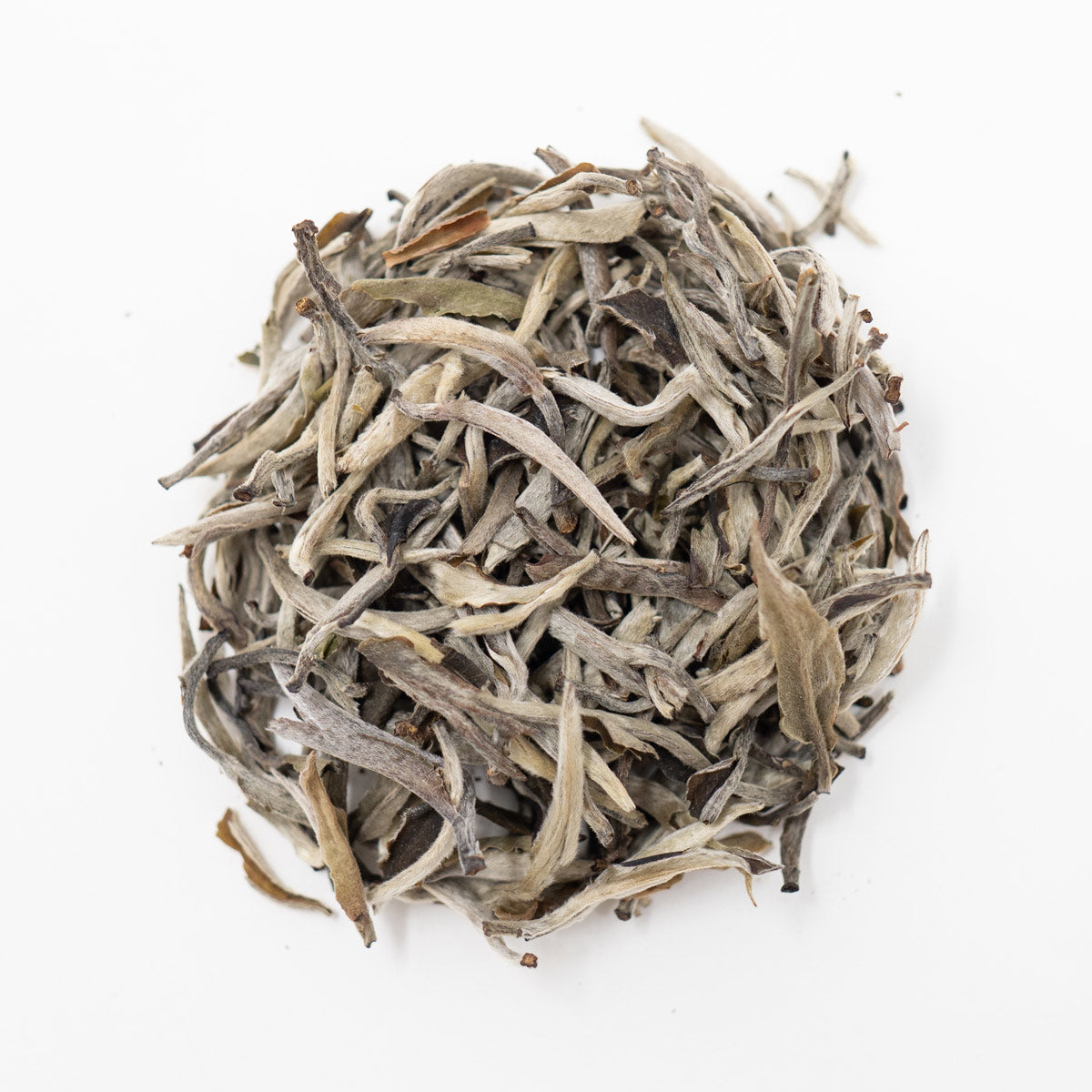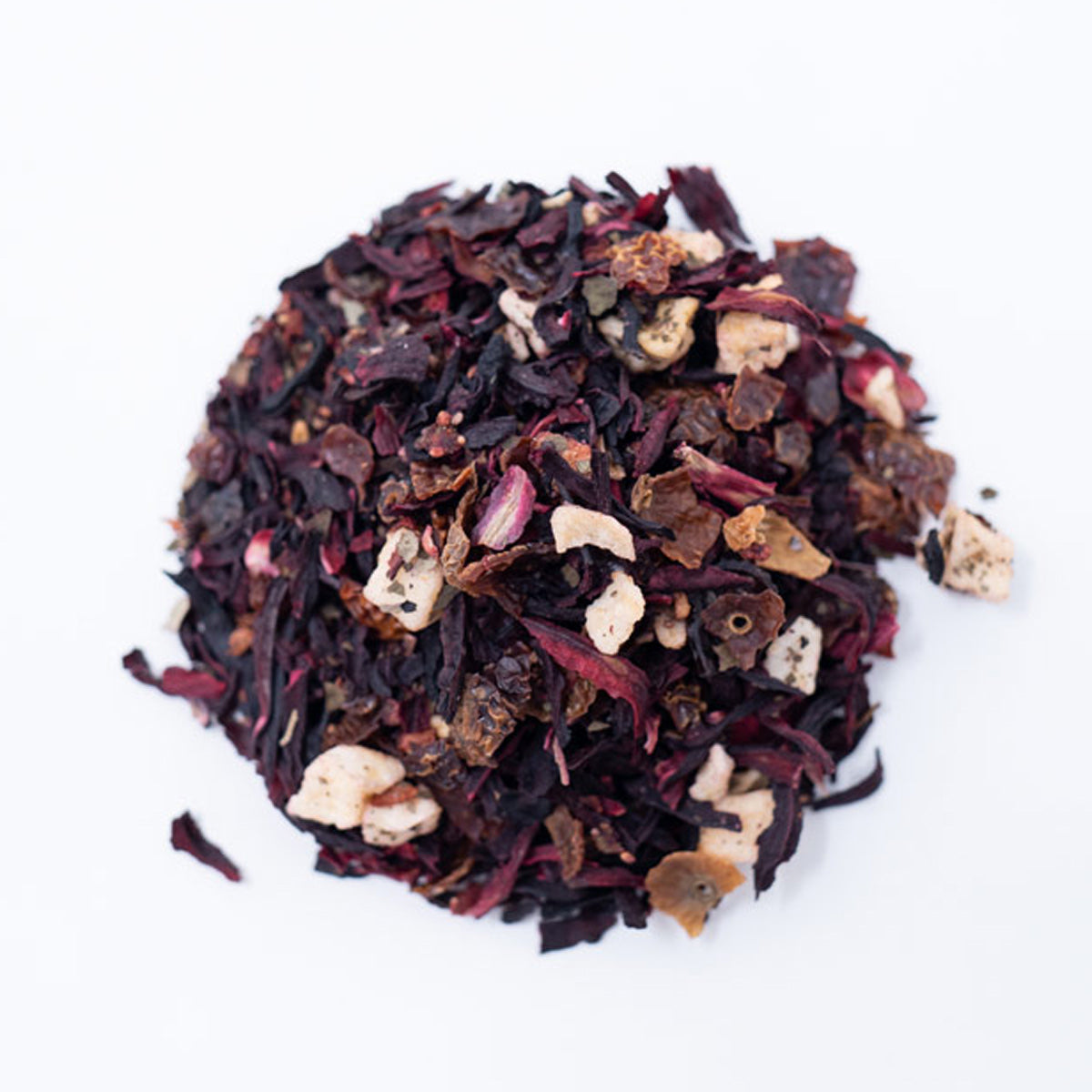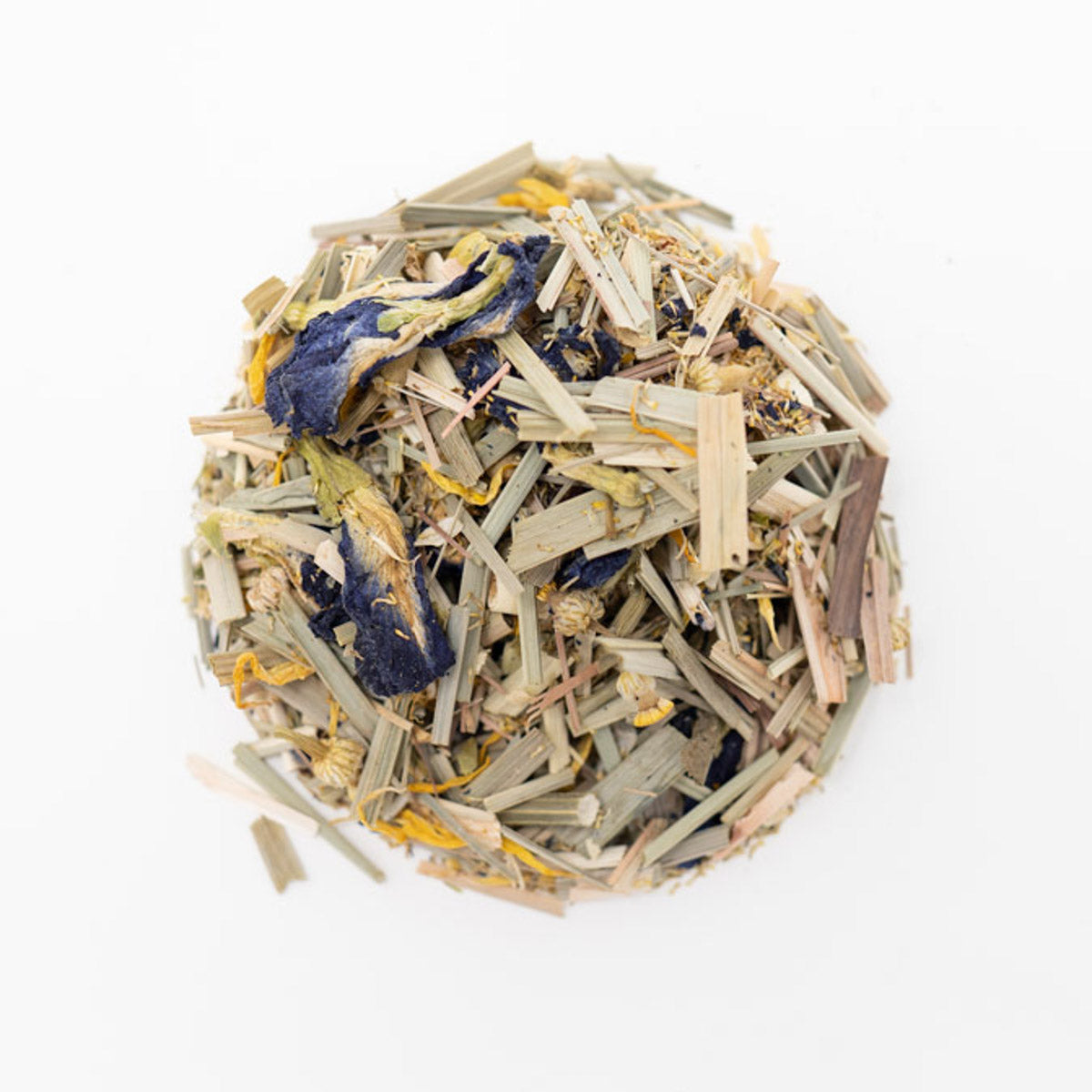White Tea 101 | History, Processing, and Health Benefits
History
White tea originated in China during the Chinese Imperial Dynasties. Tea drinking was a vital part of Chinese culture during this time. Every year, citizens were required to make a yearly tribute to the Emperor, and it was often done in the form of presenting tea. The tea offered had to be one that was both rare and fine. The most “rare and fine” tea was white tea because it grew from the youngest and most delicate tea plant buds. Secret Imperial Gardens would harvest these rare and honoring teas.
The white tea used during Imperial tea tributes was not like the teas used today. During the Song Dynasty (960-1297 AD), young tea buds would be picked, meticulously rinsed, and ground into a white powder. This technique produced the most elegant cup of tea available in China and was only affordable to the Emperor.
The white tea we know today was cultivated in the 1700s from the original white tea bushes of the Fujian province in China. At first, loose-leaf white tea was rarely available outside of the Fujian Province. Due to the minimal processing and delicate nature of the tea, it could quickly spoil without proper storage. Once improved production and storage methods were developed, harvesting white tea became accessible to many other world regions.
White Tea Processing
White tea is one of the lightest and most delicate teas because it is the most minimally processed. The white tea bushes are harvested for only a few weeks in the spring and are handpicked between mid-March and early April. When picked, the plant leaves barely open. The buds are covered by fine, white hairs that look like silver needles. After picking, they are left to wither and dry air in the sun or a controlled indoor environment. The withering process is limited to no more than 72 hours to prevent over-oxidization. The longer the tea is exposed to oxygen, the darker its leaves will be. Minimal processing and oxidation produce tea that is delicate and fresh in both texture and flavor. China and many other outside countries are cultivating many unique types of white tea.
Healthy Benefits
White tea comes from the Camellia sinensis plant and contains a large number of polyphenols. These polyphenols are responsible for various health benefits. White tea is very similar to the makeup of green tea because of the number of catechins and polyphenols and the type of plant and processing technique.
The amount of antioxidants in white tea are three times higher than in other teas. The antioxidants found in white tea can protect against disease and improve cell neuroprotection. Skin protection, reduced risk of premature aging, and improved oral health are all benefits one can discover with white tea consumption. The antibacterial properties of white tea may boost the strength of the immune system. For this reason, white tea is often a key ingredient in antibacterial hand soaps.
One of the most significant benefits of white tea is its ability to combat heart disease. This combat feature is due to the levels of polyphenols and their effect on relaxing blood vessels and preventing oxidized LDL cholesterol. White tea is also thought to have the least amount of caffeine compared to green and black in regards to caffeine. Although this is mostly true, certain white tea varieties, processing methods, and brewing practices can make white tea some of the most caffeinated tea beverages.
